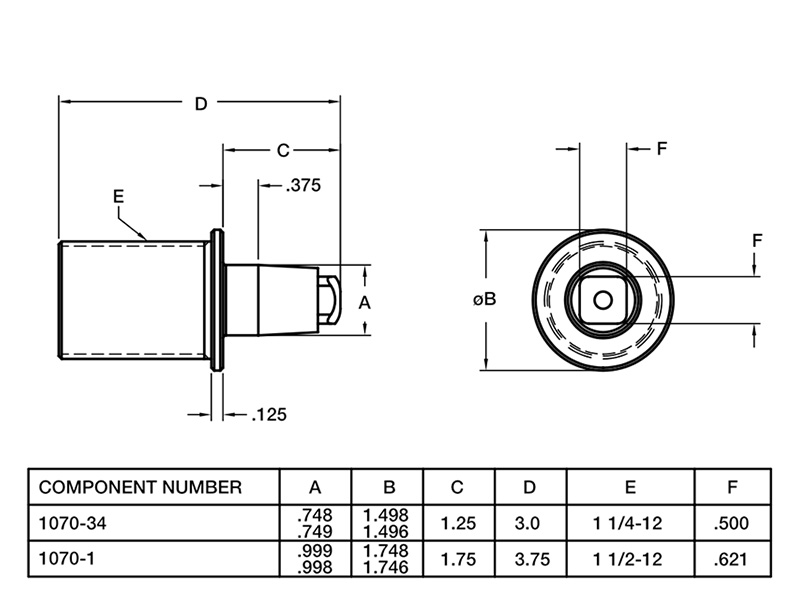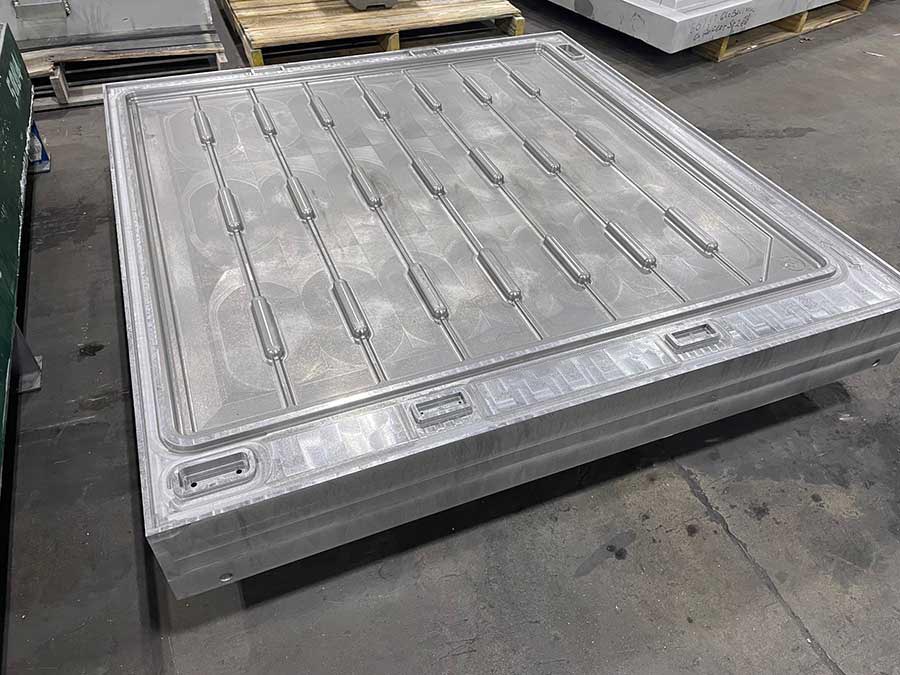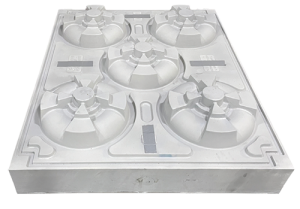
0
You have 0 items in your cart
- Home
- Tooling & Automation
- Companies & Capabilities
- Segen Quick Change
- News
- Resources
- About Us
- Contact Us
Have you ever rushed through a DIY project around the house, and in your haste to complete the project, ended up using a hand tool for something other than what it was intended? Maybe you are like me and, in a pinch, have used a wrench or pliers as an impromptu hammer. Although it may get the job done, typically we look back and realize that taking the extra five seconds to retrieve the proper tool would have been the better decision.
We see similar results when we apply this type of “good, better, best” mindset to our professional lives as well. The tool we had at the time may have worked for the required job, but it didn’t provide the best result. In the world of thermoforming, choosing the right tooling plays a vital role in making sure the end customer is satisfied. A good thermoformer can select a mold to produce a usable part for their customer, but a great thermoformer also takes the time to understand the application and the important attributes of the final product. This enables the selection of the right type of mold so that they can deliver a part that exceeds the customer’s expectations.
Have you ever stopped to consider the difference between cast-to-size and cast oversized and machined tooling? While each process has its unique attributes and place in the industry, understanding the customer’s criteria for the formed part may dictate one process over the other.

A “cast oversized and machined” mold for a floating dock.
Both cast-to-size (CTS) and cast oversized and machined (MAO – machine all over) tooling require a foundry pattern and an aluminum casting. The difference being, as the description implies, one is literally cast to size (a net shape), while the other is cast with machine stock included (a near net shape) with the intention of machining it to the final dimensions. In a nutshell, the difference between the two is in the overall precision of the tooling.
In a nutshell, the difference between the two is in the overall precision of the tooling.
As manufacturers, we all understand that every process has a manufacturing tolerance, and there may even be several variables within a given process that can affect that tolerance. The casting process is no different and aluminum can typically shrink anywhere from .010″-.013″ per inch.
This means that the final dimension of the CTS mold could technically vary exponentially based on its size alone. On the other hand, the MAO mold would be subject to a tighter overall tolerance as it is not relying on the tolerance of the casting process, but rather the more precise machining process tolerance.

This improved tolerance can have a tremendous impact on parts that are more dimensionally critical, and even more so when you are tasked with creating a series of parts that need to fit together in an assembly. In addition, with the MAO tooling, you will likely see crisper detail and better overall part appearance as surface irregularities are eliminated. Some common part applications for this type of tooling include automotive components, kayaks, shower surrounds, and other consumer products.
CTS tooling can be a great option for industrial products, where the size and tolerance variance from the casting process are less critical. Some common part applications for this type of tooling include dunnage trays and pallets, dumpster lids, and porta johns.
To be clear, the end use application does not always dictate which tooling option is best. Several other factors also need to be considered. For instance:
At Tooling Tech Group, we can help you navigate through what may seem like a maze of options and provide solutions to all these questions, getting you one step closer to exceeding your customer’s expectations.
For more information on Tooling Tech Group’s thermoform tooling capability, call 231-400-4884.
Founded in 1982, the Tooling Tech Group has grown organically, and through acquisition, to become the largest tooling provider in the United States with 650+ employees, 4 divisions and over 1 million square feet of manufacturing space across four states.
The depth and breadth of our capabilities is achieved through the combined experience of our company units, with each of these companies being in business for 30+ years, providing both extensive industry experience and financial stability that you can rely upon.
Our unique differentiator is the ability to provide all tooling services from design to engineering to simulation to machining to fabrication to try-out all within one company. This single source ability can help to streamline your business operations and simplify your life. As a vertically integrated company, we maintain tight control over quality and can provide custom services to meet your total program needs. We take full responsibility for quality, delivery, and cost management of each project starting at concept through “on time, every time” delivery.
Together, we have earned a reputation for manufacturing the highest quality tooling for casting, molding, forging and stamping. We also produce secondary automated solutions to transform parts into assemblies and functional products used around the world. We accomplish this by applying our expertise along with the latest technology, techniques, and CNC equipment to design, engineer, manufacture and test your tooling.